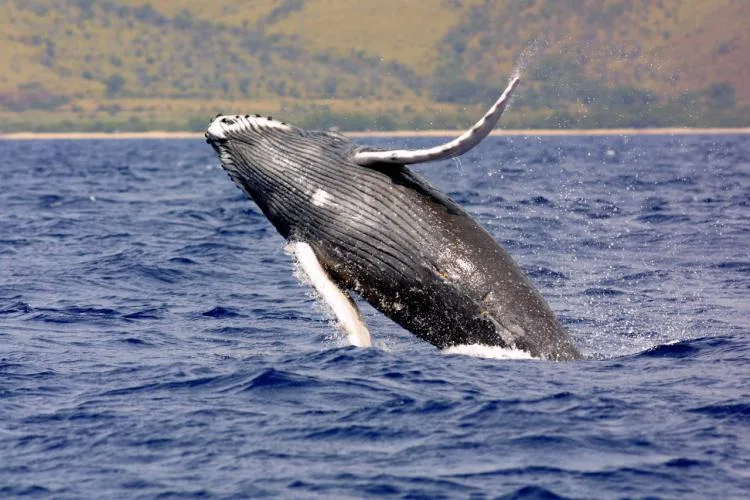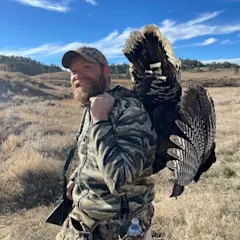An unsuspecting kayaker got way more than he bargained for recently when an enormous humpback whale emerged from the ocean and briefly swallowed him whole. Miraculously, the young man escaped unharmed and went on to tell his story in a news interview that's now going viral. The video of the whale taking him under is one you'll have to see to believe.
The incidnet occurred in the Strait of Magellan off the coast of Patagonia. Adrián Simancas was kayaking with his father Dell who caught the whole thing on film. “I thought I was dead,” Simancas later told the Associated Press. “I thought it had eaten me, that it had swallowed me.”
Once Simancas realized that he wasn't actually bound for the belly of a whale, he started to worry for his father's safety, he told the AP. He also had thoughts of becoming hypothermic in the cold Chilean waters.
According to National News Desk, he was able to swim to his father's side in a matter of seconds, and the two made it back to the shore safely. In the footage, the whale breaches from directly below Simancas' kayak with its giant maw agape. Simancas disappears then promptly pops back up again, somehow slipping out of the whale's jaws during its attempt to take him under. In the background, Dell can be heard yelling at his son in Spanish.
Read Next: How to Talk to a Tarpon Angler
Humpback whales can weigh between 55 and 65,000 pounds. That's roughly twice the weight of an unloaded tractor trailer. According to NOAA, they're filter feeders that typical dine on small crustaceans and fish. "During the warmer months (and occasionally into cooler months), humpback whales spend most of their time feeding and building up fat stores (blubber) to sustain them throughout the winter," NOAA states on its website. "They use several techniques to help them herd, corral, and disorient prey and that can include using bubbles, sounds, the seafloor, and even their pectoral fins."


